All-time High
All-time Low
Volume(24h)
88.13M
Turnover rate
2.95%
Market Cap
2.9912B
FDV
4.1B
Circulating supply
153.78M
Total supply
210.7M
Max supply
210.7M
Website
Contracts
Explorers
Currency Calculator
{{conversion_one_currency}}
{{conversion_two_currency}}
| Exchange | Pairs | Price | Volume (24h) | Volume % | Confidence | Liquidity Score | Earn |
|---|---|---|---|---|---|---|---|
| {{val.marketPair}} | {{val.price}} | {{val.volume24h}} | {{val.volumePercent}} | Low Moderate High | {{val.effectiveLiquidity}} | Buy / Sell | |
Community sentiment

26%
74%


Bullish

Bearish
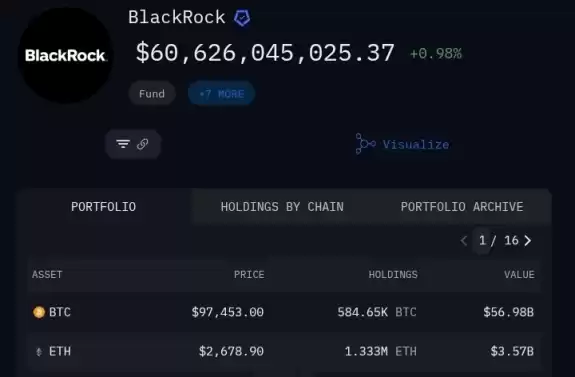
| Exchange | Pair | Price | Volume (24h) | Volume % | Confidence | Liquidity Score | Earn |
|---|---|---|---|---|---|---|---|
| {{val.marketPair}} | {{val.price}} | {{val.volume24h}} | {{val.volumePercent}} | Low Moderate High | {{val.effectiveLiquidity}} | Buy / Sell | |
About Ethereum Classic
Where Can You Buy Ethereum Classic (ETC)?
ETC is a major market cap cryptocurrency and is freely tradable on a large number of major exchanges. Pairs are available against stablecoins, other cryptocurrencies and fiat currencies, while derivatives and institutional investment vehicles also exist. Exchanges that let you [buy Ethereum Classic](https://www.binance.com/en/buy-Ethereum-Classic) include [Binance](https://coinmarketcap.com/exchanges/binance/), [OKEx](https://coinmarketcap.com/exchanges/okex/), [HTX](https://coinmarketcap.com/exchanges/htx/) and [Coinbase](https://coinmarketcap.com/exchanges/coinbase-exchange/). Crypto newbie? Read our [easy guide](https://coinmarketcap.com/how-to-buy-bitcoin/) to buying Bitcoin and any other cryptocurrency.
How is Ethereum Classic mined?
A subgroup of the nodes of the Ethereum Classic blockchain are miners. These miners group transactions in batches, add to them a time stamp, the previous block cryptographic stamp or hash, and a random iterating number called a nonce. Once they do this, they create a new cryptographic stamp for this new block specifically and immediately check if it hit a specific target that the protocol determines. If it didn’t hit the target, then the miners go back, change the random iterating number as soon as possible and try again. If they didn’t hit the target again, then they try again, and again, and again, until one of the miners hits the target. They may do this trillions of times per second, and this is what uses up so much energy and is referred to as “proof of work” because only by working in trying so many times, using so much computing power and electricity, is that, statistically, one of the miners will hit the target within the range of the standard block time, which is 13 seconds in ETC. When a miner hits the target, then they send the block to the rest of the network for verification and payment of the miner reward plus the block's transaction fees.
How Is Ethereum Classic (ETC) Secured?
[Proof-of-Work](https://coinmarketcap.com/alexandria/glossary/proof-of-work-pow) ([PoW](https://coinmarketcap.com/alexandria/glossary/proof-of-work-pow)) When ETC was a minority chain, it suffered some attacks. These included 51% attacks to gain control of mining hashrate and execute spurious transactions and double spend coins, the most recent of which occurred in August 2020. Ethereum Classic uses the [Proof-of-Work](https://coinmarketcap.com/alexandria/glossary/proof-of-work-pow) ([PoW](https://coinmarketcap.com/alexandria/glossary/proof-of-work-pow)) consensus algorithm. By resolving computationally intensive puzzles to create and validate blocks of transactions, Ethereum Classic miners protect the network. The ETC blockchain is also fully replicated, which makes it redundant across many nodes worldwide making it practically impossible to take down or tamper with by natural disaters or man. Now that it is the largest proof of work smart contracts blockchain in the world, its security levels have significantly increased to the point that developers have removed the safety features they added after the 51% attacks of 2020.
How Many Ethereum Classic (ETC) Coins Are There In Circulation?
ETC began in a very similar technical state to ETH, with the exception of how the DAO hack transactions were handled. Since launch, however, changes in [tokenomics](https://coinmarketcap.com/alexandria/article/what-is-tokenomics) with Ethereum Classic establishing a cap to the supply in December 2017. The maximum supply is thus 210,700,000 ETC, roughly ten times that of [Bitcoin](https://coinmarketcap.com/currencies/bitcoin/) (BTC), while ETH has no cap. ETC uses a PoW mining algorithm, which functions like [Bitcoin](https://coinmarketcap.com/currencies/bitcoin/) — miners are rewarded with new coins for validating the blockchain in competition with each other. The ETC block reward decreases with time at a rate of 20% every two years or 5 million blocks, with the next drop due at block 20,000,000, roughly in June 2024 — from 2.56 ETC to 2.048 ETC per block.
How Is Ethereum Classic Different From Ethereum?
Ethereum Classic ([ETC](https://coinmarketcap.com/alexandria/article/ethereum-vs-ethereum-classic)) and Ethereum (ETH) are two separate blockchain networks that share a common history but have since diverged in philosophy and development. Ethereum Classic is the original version of Ethereum that was launched in 2015. It is a decentralized, open-source blockchain platform that allows developers to build and deploy decentralized applications (dApps) and smart contracts. Ethereum Classic secures its network using a Proof-of-Work (PoW) consensus algorithm. Ethereum, on the other hand, is a fork of the original Ethereum blockchain created in 2016. It emerged as a response to a hack that caused the loss of millions of dollars worth of Ether. The Ethereum community implemented a hard fork to reverse the hack and return the stolen funds to their owners. As a result, two separate blockchains, Ethereum (ETH) and Ethereum Classic (ETC), were created. One of the main differences between Ethereum Classic and Ethereum is their approach to governance. Ethereum has a more centralized system, with a core development team that makes decisions about the platform's future. In contrast, Ethereum Classic has a more decentralized approach to governance, with decisions made by the community through a consensus process. Another key difference between the two is their development roadmap. Ethereum has transitioned from a Proof-of-Work (POW) consensus algorithm to a Proof-of-Stake (PoS) algorithm after The Merge in September 2022. Ethereum Classic, on the other hand, has focused on maintaining its original PoW algorithm and staying true to its decentralized philosophy.
What Makes Ethereum Classic Unique?
Ethereum Classic’s unique attributes are a combination of the following features: * Proof-of-Work: ETC is a will remain as a [proof-of-work](https://coinmarketcap.com/alexandria/article/proof-of-work-vs-proof-of-stake) blockchain which is the most secure consensus mechanism known to man. * Sound money: ETC is digital gold because it is a proof of work blockchain, thus the cost ti produce the money is the same as the cost to produce the blocks, and it has a fixed monetary policy with a supply cap of 210,700,000. * Programmability: ETC is programmable with smart contracts making it much more versatile and useful than other simpler cryptocurrency chains such as Bitcoin or Litecoin. * Full replication: ETC is most secure because it is fully replicated across all nodes of the network. Where other smart contract blockchains are implementing “sharding”, “parachains”, or “sidechains” that reduce security, ETC will remain fully replicated. * Composability: Composability in ETC means that all the applications enabled by programmability are inside the same system, thus making them equally secure and also able to interact with each other in single complex transactions. * Size: The larger a blockchains is, and even more if it is the largest in its category, makes the system eve more secure. ETC is the largest smart contracts blockchain that is proof of work and has a fixed monetary policy. All the above unique features combined make ETC dapps the most secure daps in the world.
Who Are the Founders of Ethereum Classic?
Ethereum Classic is in fact the legacy chain of Ethereum, and its true creator is therefore the original Ethereum founder — Vitalik Buterin. A [contentious hard fork on Ethereum](https://coinmarketcap.com/alexandria/article/ethereum-vs-ethereum-classic) occurred in July 2016, when participants disagreed over whether to revert the blockchain to cancel out the effects of a major hack. This impacted The DAO, a decentralized autonomous organization ([DAO](https://coinmarketcap.com/alexandria/glossary/decentralized-autonomous-organizations-dao)) which had raised approximately $150 million in an initial coin offering ([ICO](https://coinmarketcap.com/alexandria/glossary/initial-coin-offering-ico)) several months earlier. Ethereum Classic came into being as the network which did not revert the chain. Developers state that there is no “official” team attached to the project, and that its “global development community is a permissionless 'do-ocracy,' where anyone can participate.”
What Is Ethereum Classic (ETC)?
Ethereum Classic (ETC) is the original [Ethereum](https://coinmarketcap.com/currencies/ethereum/) (ETH) blockchain that launched in July 2015. Its main function is as a [smart contract](https://coinmarketcap.com/alexandria/glossary/smart-contract) network, with the ability to host and support decentralized applications ([DApps](https://coinmarketcap.com/alexandria/glossary/decentralized-applications-dapps)). Its native token is ETC. Since its launch, Ethereum Classic has sought to [differentiate itself from Ethereum](https://coinmarketcap.com/alexandria/article/ethereum-vs-ethereum-classic), with the two networks’ technical roadmap diverging further and further from each other with time. Ethereum Classic first set out to preserve the integrity of the existing Ethereum blockchain after a major hacking event led to the theft of 3.6 million ETH.
Ethereum Classic News
-

BlockchainFX (BFX) presale is creating buzz, drawing comparisons to Binance Coin's early days. Is this the next big opportunity in crypto?
Sep 30, 2025 at 09:51 pm
-

As the US teeters on the brink of a government shutdown, Bitcoin and altcoins are showing surprising resilience. Is crypto a safe haven or just another risk asset?
Sep 30, 2025 at 09:44 pm
-

An analysis of Tether's Bitcoin reserves, the expanding stablecoin supply, and their strategic implications in the evolving crypto market.
Sep 30, 2025 at 09:33 pm
-

Navigating the wild world of crypto presales: Pepe Node, Bitcoin Hyper, and the rising star BlockchainFX. Discover which project is poised for a 1000% ROI.
Sep 30, 2025 at 09:30 pm
-
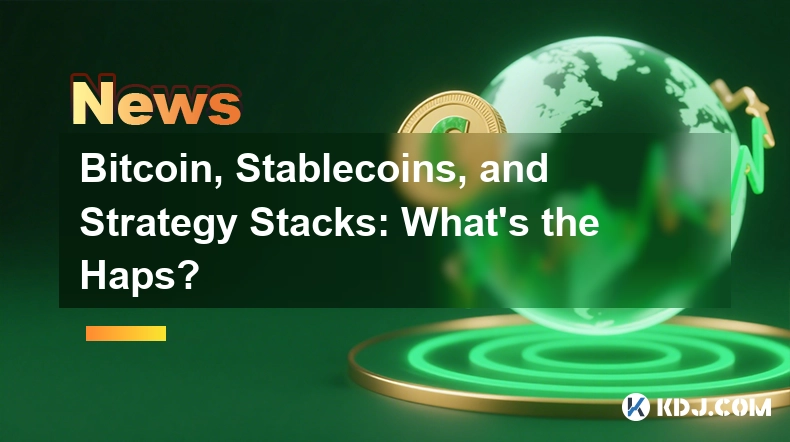
Bitcoin staking on Starknet, Visa embracing stablecoins, and Strategy stacks more BTC – diving into the latest crypto trends and insights.
Sep 30, 2025 at 09:30 pm
-

Ethereum and Bitcoin ETFs are experiencing significant inflows, signaling renewed investor confidence and a bullish outlook for the crypto market.
Sep 30, 2025 at 09:30 pm
-

SANDChain Foundation's innovative blockchain network empowers creators in the metaverse and beyond, fostering a 'Creator Nation' built on community and shared success.
Sep 30, 2025 at 09:18 pm
-

Bitcoin Cash (BCH) shows strength amidst a potential altcoin revival. Recent ETF filings and network improvements signal a promising future for BCH.
Sep 30, 2025 at 02:36 pm
-

Bitcoin's back, baby! Riding high on volume, institutions, and tech signals, some say $180K by year-end. Is the Q4 rally real? Let's dive in!
Sep 30, 2025 at 11:50 am
Similar Coins






































































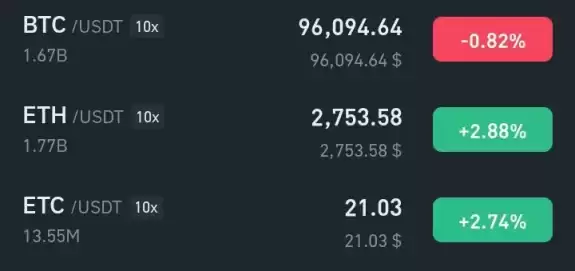

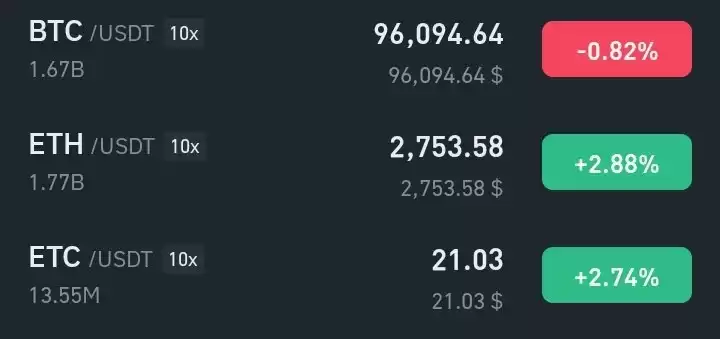
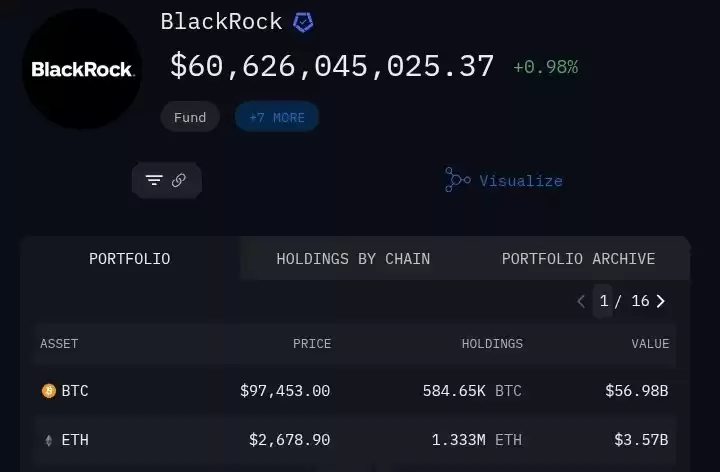
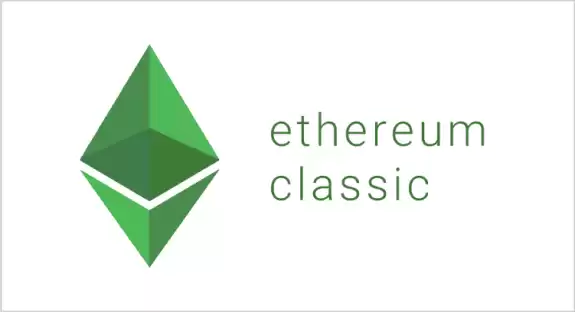
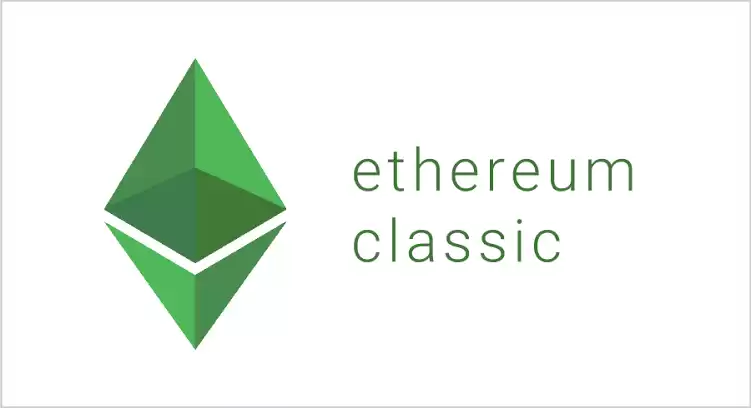






Twitter
GitHub
Close